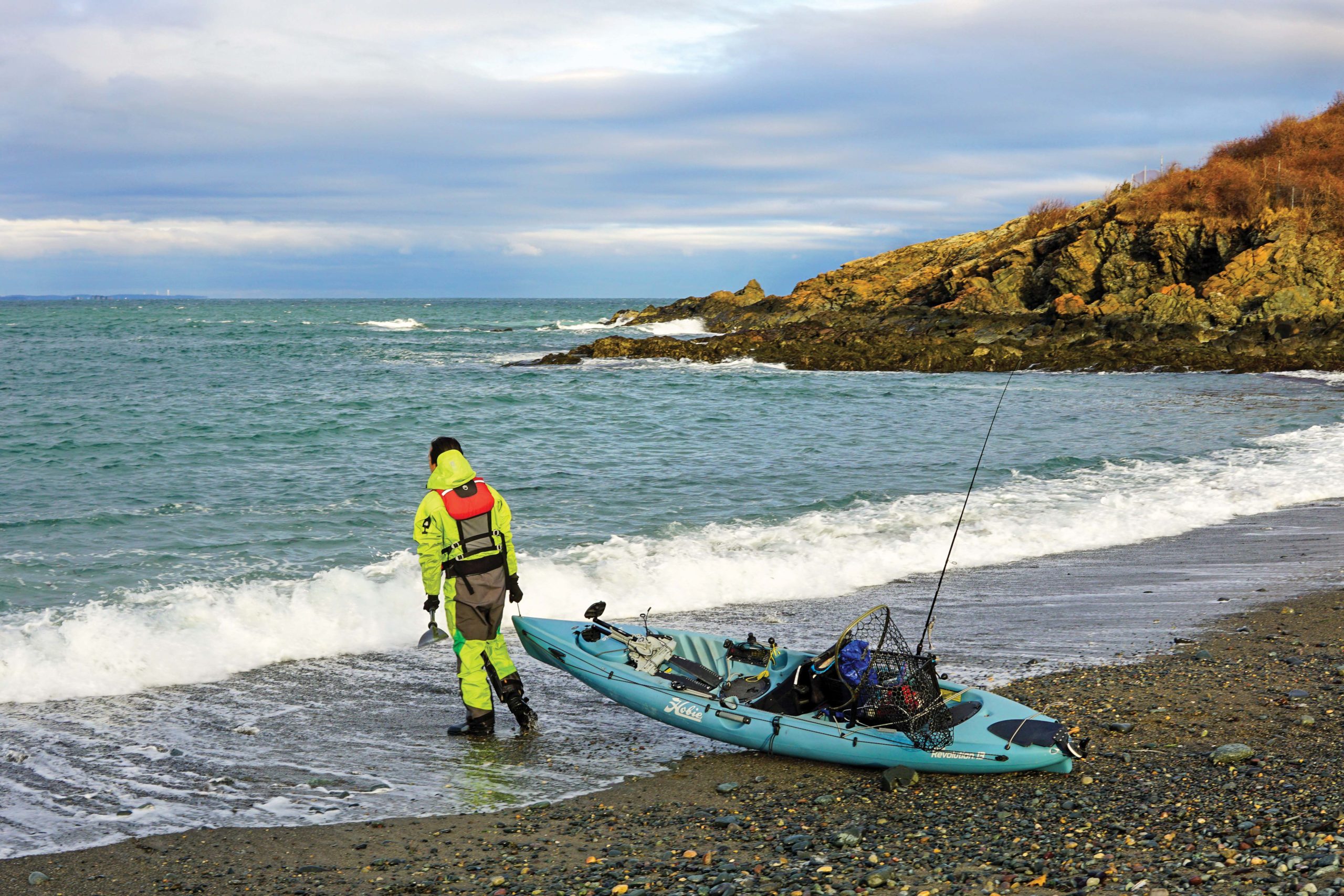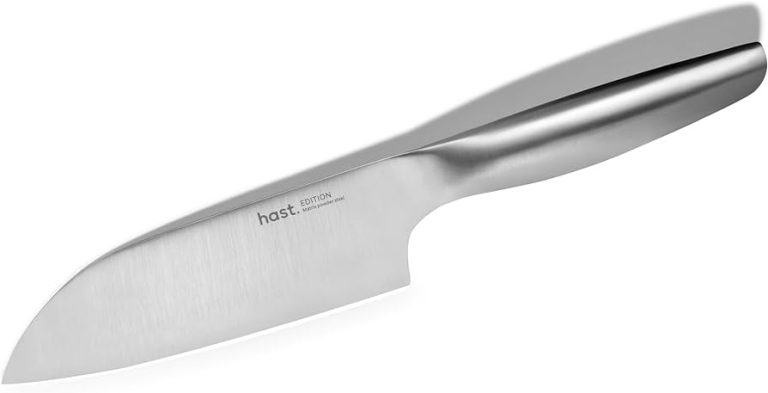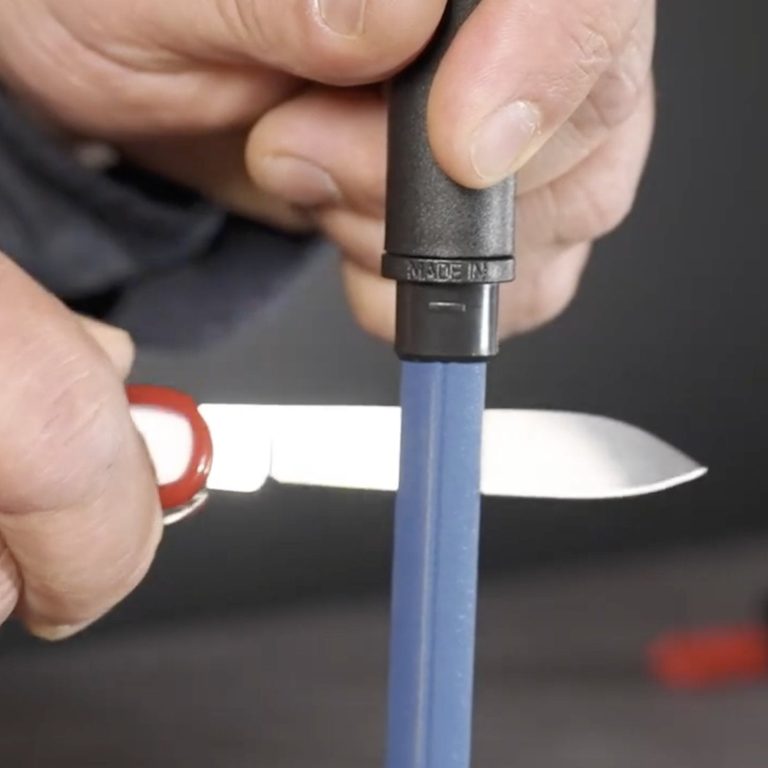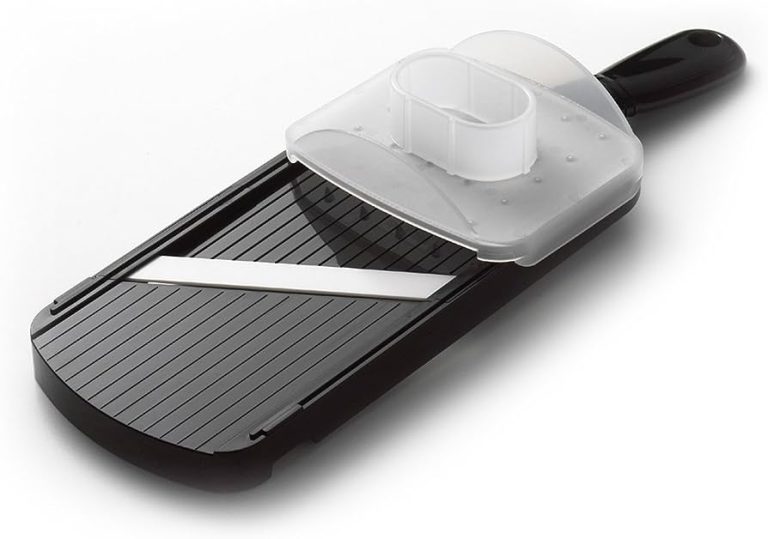Safety Precautions for Kayak Fishing Knives
Kayak fishing knives require safety precautions to prevent accidents and injuries. These precautions include proper storage, handling, and use of the knife to ensure the safety of the angler.
Introduction (120 words): Kayak fishing is a popular outdoor activity that combines the thrill of fishing with the excitement of kayaking. As with any activity involving sharp objects, safety is paramount when it comes to using kayak fishing knives. These specialized knives are designed with features that make them ideal for fishing purposes, such as a serrated edge for cutting fishing lines and a pointed tip for puncturing tough materials.
However, improper use or disregard for safety precautions can lead to serious accidents and injuries. We will explore the safety precautions that every angler should follow when using kayak fishing knives. By following these guidelines, you can enjoy your fishing experience while minimizing the risk of harm.
Importance Of Safety Precautions For Kayak Fishing Knives
When it comes to kayak fishing knives, safety precautions are of utmost importance. These precautions play a vital role in preventing accidents during fishing trips. It is essential to handle these knives with care and adhere to the following guidelines:
- Always store kayak fishing knives in secure sheaths or knife holders to minimize the risk of accidental injuries.
- Keep the blade sharp to ensure clean cuts and reduce the chances of slips or jerks that may result in mishaps.
- Practice proper knife handling techniques, such as holding them away from your body and using a firm grip, especially when dealing with slippery fish or other objects.
- During storage or transport, securely fasten kayak fishing knives to prevent them from becoming loose or dangerous.
- Ensure that the knife is easily accessible but not in the way of your movements or fishing equipment.
- Regularly inspect the knife for any signs of damage or corrosion, and if necessary, clean or replace it to maintain its effectiveness and safety.
By following these safety precautions, you can enjoy your kayak fishing adventures with confidence, minimizing the risk of accidents and injuries associated with kayak fishing knives.
Choosing The Right Knife For Kayak Fishing
When selecting a kayak fishing knife, there are several factors you should consider to ensure safety during your fishing trips. One important consideration is the blade type that is suitable for kayak fishing.
| Blade Type | Description |
|---|---|
| Folding Blade | A folding kayak fishing knife offers convenience and portability. Ensure it has a secure locking mechanism to avoid accidental closure. |
| Fixed Blade | A fixed blade knife is known for its durability and strength. Look for a compact size that can be easily carried on your fishing gear. |
| Sheepsfoot Blade | This type of blade has a straight cutting edge that makes it safer during filleting tasks. It reduces the risk of accidental injuries. |
| Blunt Tip | A kayak fishing knife with a blunt tip minimizes the chances of puncturing your kayak or injuring yourself while handling the knife. |
Consider these blade types when choosing a kayak fishing knife. Remember to prioritize safety and select a knife that suits your specific needs and preferences.
Essential Safety Precautions For Kayak Fishing Knives
When it comes to safety precautions for kayak fishing knives, proper knife handling techniques are essential. It is important to handle your knife with care to avoid any accidents or injuries. One key precaution is to secure the knife to your kayak using a knife sheath or a secure attachment point. This ensures that the knife is easily accessible when needed but also safely out of the way, reducing the risk of accidental cuts or stabbings. When you’re not using the knife, it’s crucial to store it safely. Find a designated storage area that is easily reachable but won’t interfere with your movements or pose a danger to yourself or others. By following these safety precautions, you can enjoy your kayak fishing trips with peace of mind, knowing that you are taking the necessary measures to ensure your safety.

Credit: www.thefisherman.com
Proper Knife Handling Techniques
In kayak fishing, proper knife handling techniques are crucial for ensuring safety. Holding the knife securely is the first step to prevent accidents. Grip the handle firmly with your dominant hand, keeping a tight hold throughout the task. It’s important to **keep your fingers away from the blade** to avoid any accidental cuts. Using the knife with precision and control enhances safety as well. Make deliberate, controlled motions, applying just the right amount of force necessary for the task at hand. Remember to never rush or exert excessive pressure, as it can lead to accidents or injuries. By following these practices, you can ensure safe handling of fishing knives and minimize the risk of accidents during your kayak fishing trips.
Securing The Knife To The Kayak
When it comes to kayak fishing, safety should always be a top priority. Securing your kayak fishing knife properly is essential to ensure it is within easy reach and prevent accidental loss. There are various attachment options for kayak knife holders that you can consider.
Firstly, make sure the knife is securely fastened to the kayak. You can use a knife holder specifically designed for kayaks, ensuring a tight and secure fit. This will prevent the knife from coming loose during rough water conditions.
Additionally, attaching a lanyard or tether to the knife and the kayak is an extra precautionary measure. This will provide an extra layer of security in case the knife holder fails or if the knife is accidentally dropped.
| Attachment Options | Advantages |
|---|---|
| Kayak Knife Holder | Secure fit, designed specifically for kayaks |
| Lanyard/Tether | Extra security, prevents accidental loss |
By taking these safety precautions and ensuring your kayak fishing knife is properly secured, you can enjoy your fishing trip with peace of mind, knowing you have a reliable tool within reach when needed.
Storing The Knife Safely When Not In Use
Storing the Knife Safely When Not in Use:
One of the most important precautions to take while kayak fishing is properly storing your knife when it is not in use. Utilizing sheaths or blade covers can help protect the blade and prevent accidental injuries. These protective covers are available in various sizes and styles, allowing you to choose one that fits your knife snugly. Additionally, it is crucial to store your knife in proper storage locations on the kayak. Secure it in a designated area away from other fishing gear, ensuring that it is easily accessible if needed. Furthermore, be careful to avoid placing your knife near sharp objects or other potential hazards that may damage the blade or pose a safety risk. By following these safety precautions, you can ensure that your kayak fishing knife is stored safely, minimizing the risk of accidents and injuries.
Safety Precautions While Using A Kayak Fishing Knife
When engaging in kayak fishing, it is crucial to prioritize safety precautions while using a kayak fishing knife. Maintaining situational awareness is key to avoiding accidents. Always be mindful of your surroundings, including other kayakers, potential obstacles, and changing weather conditions.
Moreover, it is important to use the knife for specific tasks only. Avoid using it as a multitool and refrain from using excessive force or applying it to inappropriate objects.
Additionally, communication with other kayakers is essential for coordinated safety. Establish signals and gestures to indicate your actions and intentions. It is vital to have clear communication in case of emergencies or when working together. In conclusion, by following these safety precautions and being responsible while using a kayak fishing knife, you can enjoy your fishing experience while protecting your well-being.
Maintaining Situational Awareness
When it comes to kayak fishing knives, safety precautions are crucial to ensure a smooth and accident-free experience. Maintaining situational awareness is paramount in this regard. Being aware of your surroundings is essential to avoid any potential mishaps. It is important to avoid distractions while using the knife, as any distraction can lead to accidents. Stay focused on the task at hand and keep an eye out for any potential hazards.
Using The Knife For Specific Tasks Only
When using a kayak fishing knife, it is important to adhere to safety precautions to prevent any unnecessary risks or actions. The knife should only be used for specific tasks to ensure the safety of yourself and others. It is crucial to understand the appropriate uses for a kayak fishing knife to avoid any accidents or injuries.
Some examples of appropriate uses for a kayak fishing knife include cutting fishing lines, removing hooks, and preparing bait. These tasks require precision and should be done with care to prevent any mishaps. It is important to avoid using the knife for any other purposes that could potentially lead to accidents or injuries.
Always remember to handle the knife in a responsible manner, keeping it secure and within reach in case of emergencies. Regularly inspect and maintain the knife to ensure that it remains sharp and in good working condition. By following these safety precautions and using the knife for its intended purposes, you can enjoy your kayak fishing experience while minimizing any risks involved.
Communicating With Other Kayakers
Kayak fishing knives are essential tools for any angler. However, when using these knives, it is crucial to communicate effectively with other kayakers to ensure safety and prevent accidents. This can be done through proper signaling of intentions when using the knife. To avoid potential collisions or accidents, kayakers should use clear hand signals to indicate their intentions. For example, before using a knife, it is important to signal to nearby kayakers that you are about to perform a task that involves the knife. This can be done by raising the hand holding the knife or making a specific hand gesture. Additionally, it is important to give other kayakers ample space when using a knife. This includes avoiding crowded areas and maintaining a safe distance from other kayaks. By doing so, you minimize the risk of accidental collisions or injuries. |
Proper Care And Maintenance Of Kayak Fishing Knives
Proper care and maintenance of kayak fishing knives is essential to ensure their longevity and performance. Cleaning and drying the knife after each use is crucial to prevent rust and corrosion. Use mild soap and water, and make sure to dry the knife thoroughly to avoid any moisture buildup. Regularly sharpening the blade keeps it sharp and efficient, enhancing its cutting power. Inspecting the knife for any worn parts, such as loose handles or damaged blades, is important for both safety and functionality. Replace any worn parts promptly to maintain optimal performance and avoid accidents. By following these safety precautions, you can enjoy kayak fishing without compromising on your safety or the effectiveness of your knife.
Cleaning And Drying The Knife After Use
After a day of kayak fishing, it’s essential to clean and dry your knife properly to ensure its longevity and performance. Start by removing any debris or residue from the blade with a damp cloth or sponge. Be cautious while cleaning the knife, as the blade can be sharp. Once the blade is clean, make sure to dry it thoroughly with a dry cloth to prevent corrosion. Moisture can lead to rusting, which can compromise the quality of the knife over time.
Remember to inspect the handle and sheath as well. If they are dirty, you can wipe them down with a damp cloth and dry them thoroughly, just like the blade. Additionally, apply a thin layer of lubricant to the blade and pivot point to prevent friction and ensure smooth operation. Properly cleaning and drying your kayak fishing knife will keep it in top condition and ready for every fishing adventure.
Regularly Sharpening The Blade
| Maintaining a Sharp Edge for Effective Use |
Utilizing proper sharpening tools and techniques is crucial in maintaining a sharp edge for your kayak fishing knives. When it comes to keeping the blade in top condition, here are a few important tips to follow:
- Choose the right sharpening tools: Opt for high-quality sharpening stones or diamond files that match the blade’s material. These tools provide the ideal grit for effective sharpening.
- Practice correct sharpening technique: Hold the knife at the correct angle (usually between 20 to 30 degrees) and slide the blade smoothly across the sharpening stone or file. Maintain a consistent pressure for even sharpening.
- Regularly assess the blade: Inspect the knife for any signs of dullness, such as reduced cutting efficiency or visible nicks on the edge. Sharpen the blade before each fishing expedition, if needed.
- Strop the blade: After sharpening, use a leather strop or honing rod to remove any burrs and further refine the edge. This step aids in achieving an exceptionally sharp and precise blade.
- Store the knife properly: Keep the knife in a sheath or protective cover to prevent accidental damage to the sharpened edge. Store it in a dry place to avoid corrosion.
- Maintain regular maintenance: Regularly clean the knife, removing any dirt or debris that could affect its performance. Apply a light coat of oil to protect the blade from rust.
By following these safety precautions and regularly sharpening the blade, you can ensure that your kayak fishing knives remain sharp, reliable, and ready to enhance your fishing experience.
Inspecting And Replacing Worn Parts
When it comes to kayak fishing knives, it is important to prioritize safety precautions. One crucial aspect is inspecting and replacing worn parts. Start by checking for loose or damaged components. This includes examining the handle grip for any signs of wear or tear. If there are any loose screws or fasteners, make sure to tighten them securely. Additionally, inspect the blade for any chips or cracks that could affect its effectiveness.
In this article, you will find an easy-to-understand guide to replacing parts as needed for optimal performance. Remember to choose high-quality replacement components that are specifically made for kayak fishing knives. This will help ensure the safety and functionality of your equipment. By regularly inspecting and replacing worn parts, you can enjoy a safer and more enjoyable kayak fishing experience.
Conclusion
It is crucial to prioritize safety when using kayak fishing knives. By following these suggested safety precautions, you can ensure a worry-free and enjoyable fishing experience. Always handle the knife with care, using the appropriate grip and avoiding reckless motions.
Make sure to maintain a sharp blade, as a dull knife can be more dangerous than a sharp one. Keep your knife securely stored in a sheath or knife holder when not in use, to prevent accidents. Prioritize personal safety by wearing protective gear such as gloves and eye protection.
Lastly, familiarize yourself with local regulations and guidelines regarding knife usage while fishing. With these precautions in mind, you can confidently embark on your kayak fishing adventures, knowing that you are well-prepared and staying safe. Happy fishing!






